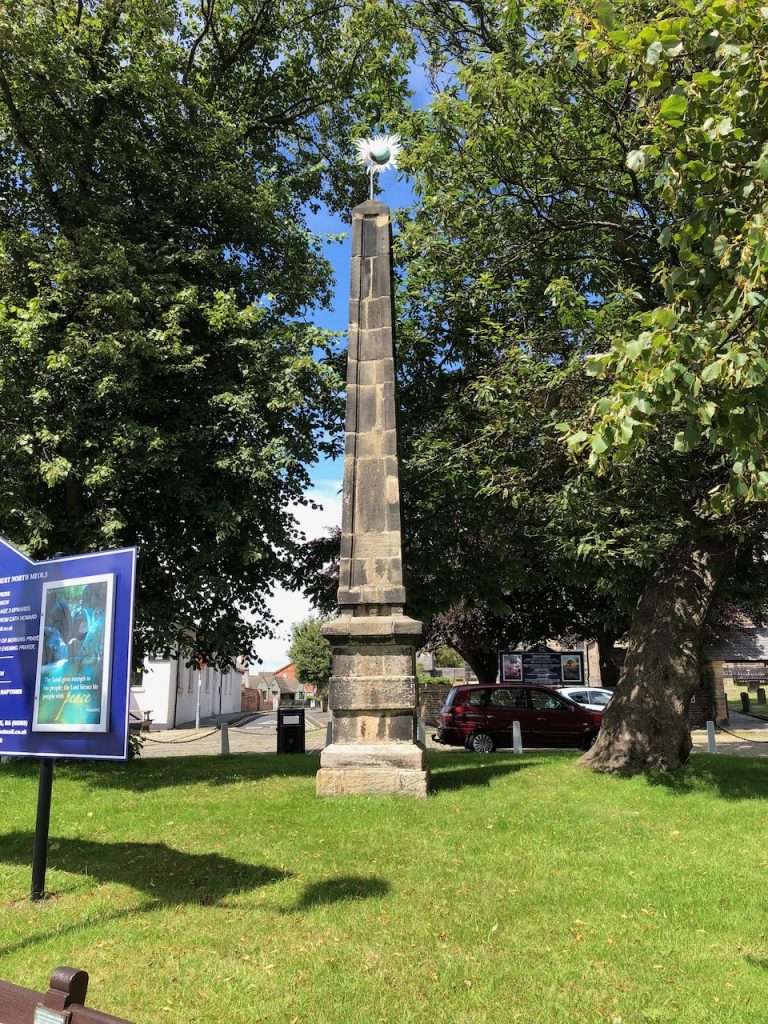Worden Park
Worden Park was acquired by the Farington in 1534. It remained in the possession of the family until their home, Worden Hall, was damaged in a fire in 1947. The lands and the ruined hall were sold, in 1950, to Leyland Urban District Council and the current park was opened to the public in 1951.
The hall has been demolished, but many of the early buildings and gardens can still be enjoyed today.
Our walk begins on the north side of the park at the 19th century gateway beside North Lodge heading south towards the junction with the former Hall Lane and the remains of Worden Hall.
The site was included in land granted to the Knights of St John of Jerusalem in the C12 or early C13. Worden subsequently passed from the Bussel family to the Anderton family. In 1534 it was acquired by Sir Henry Farington and it remained in the Farington family until 1947. In 1950 Leyland Council purchased it. It was opened to the public on 18 June 1951 and it remains in use as a public park (1999).
https://historicengland.org.uk/listing/the-list/list-entry/1000955
North Lodge
Off Worden Lane, the neoclassical North Lodge and gateway with its Tuscan style columns is the main pedestrian entrance to the parkland for many in the town. The road that leads from it into the grounds, heading south, is probably one of the original estate drives shown on the 1725 map. It forms a crossroads with another original drive ‘The Avenue’ which leads west towards the site of the hall.
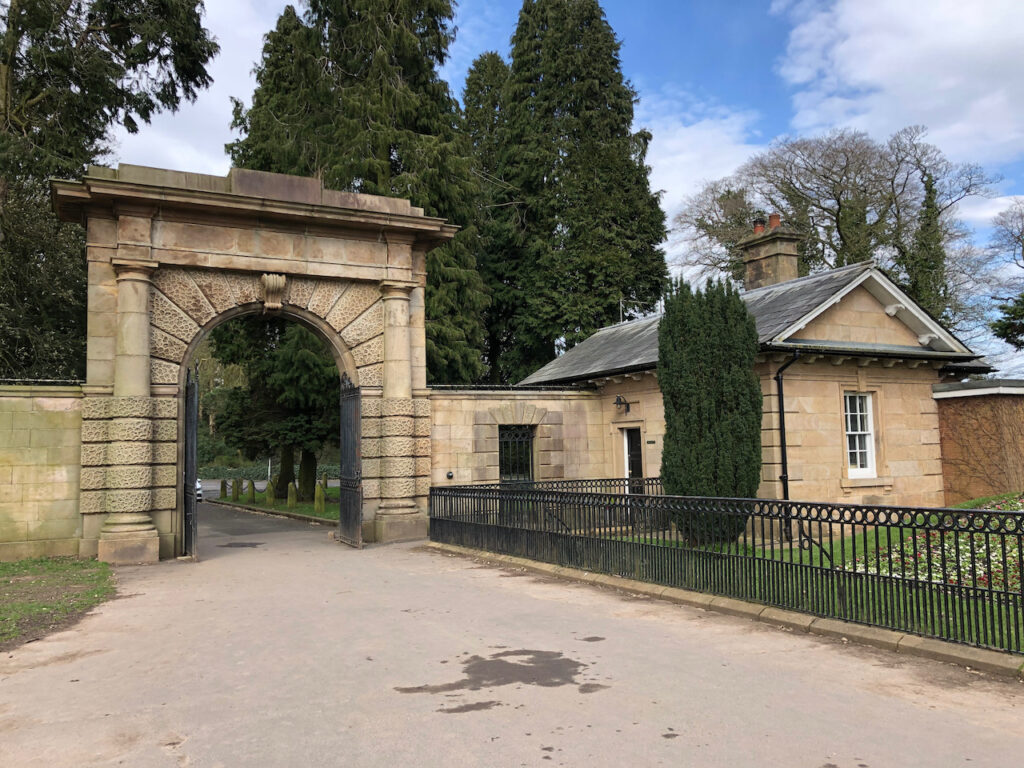
Worden Lodge
Worden Lodge came about around 1761 following an agreement between Captain Isaac Hamon and Sir William Farington. Captain Hamon rented the northwest corner of a close known as Great Low Field, which was part of the Shaw Hall demesne.
Both the 1848 1:10,560 Ordnance Survey Map and the 1893 1:2,500 Ordnance Survey Map show this named as Leyland Lodge. However, by 1911 it is shown on the 1:2,500 Ordnance Survey Map as Worden Lodge. By 1955 the land and boundary walls are still shown on the 1:10,560 Ordnance Survey Map, but no obvious building is shown and the name has been removed.
All that remains now, at the western end of thecae park, is a short section of standing wall, a gatepost, and some dressed stone blocks in the trees around the car park.
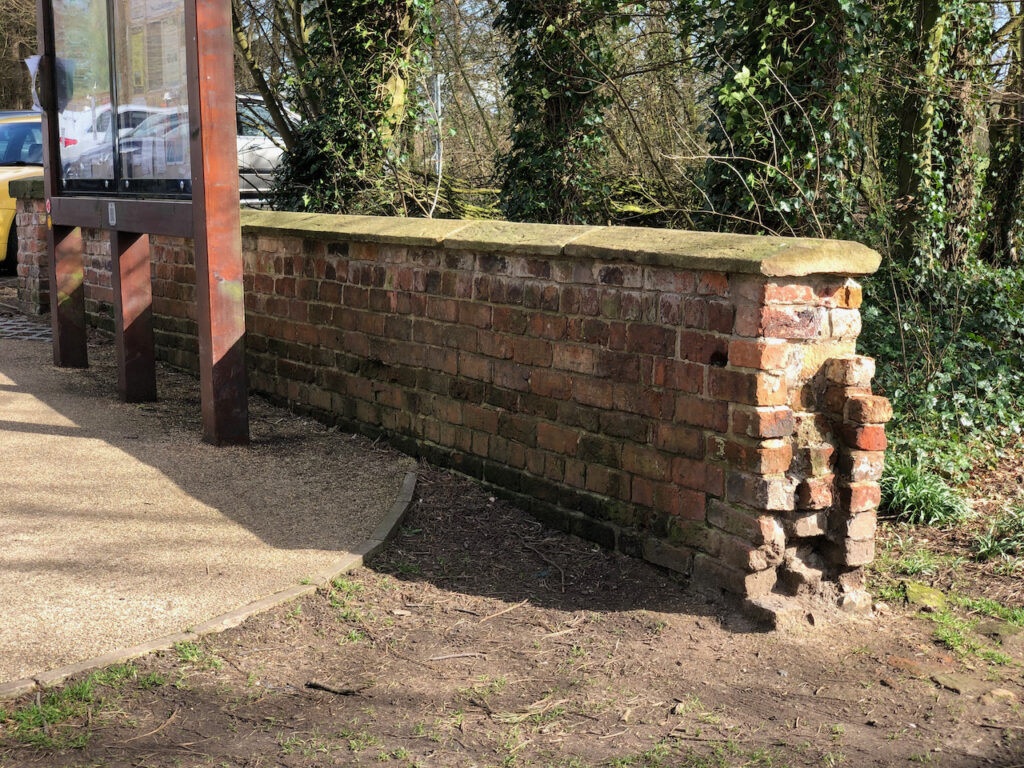
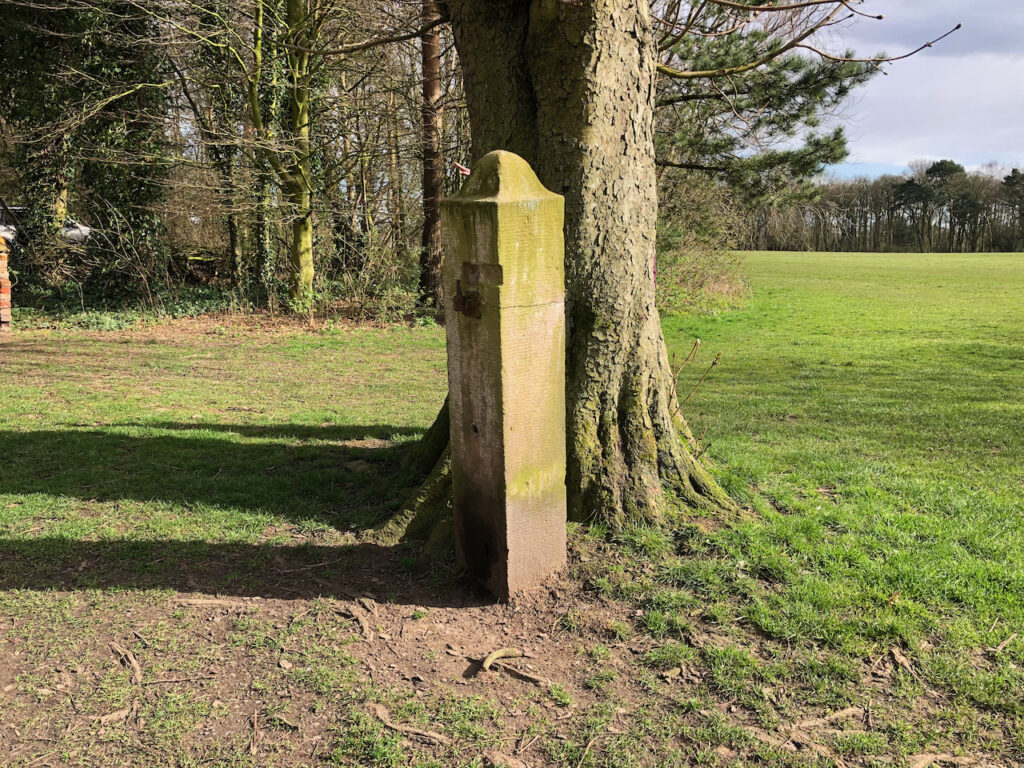
Worden Hall
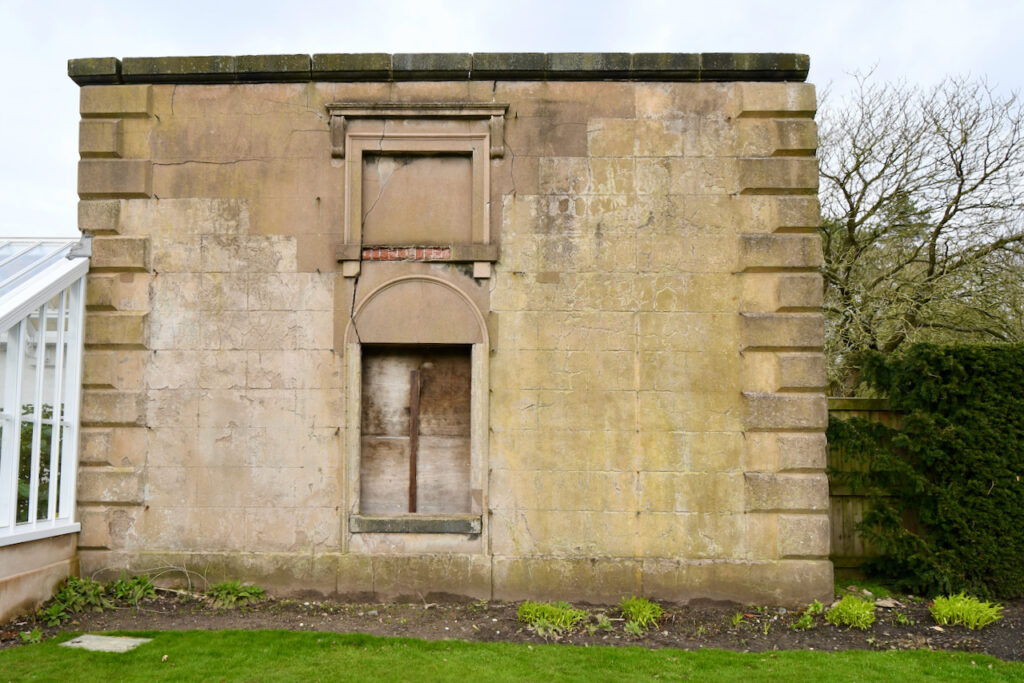
The Service Wing
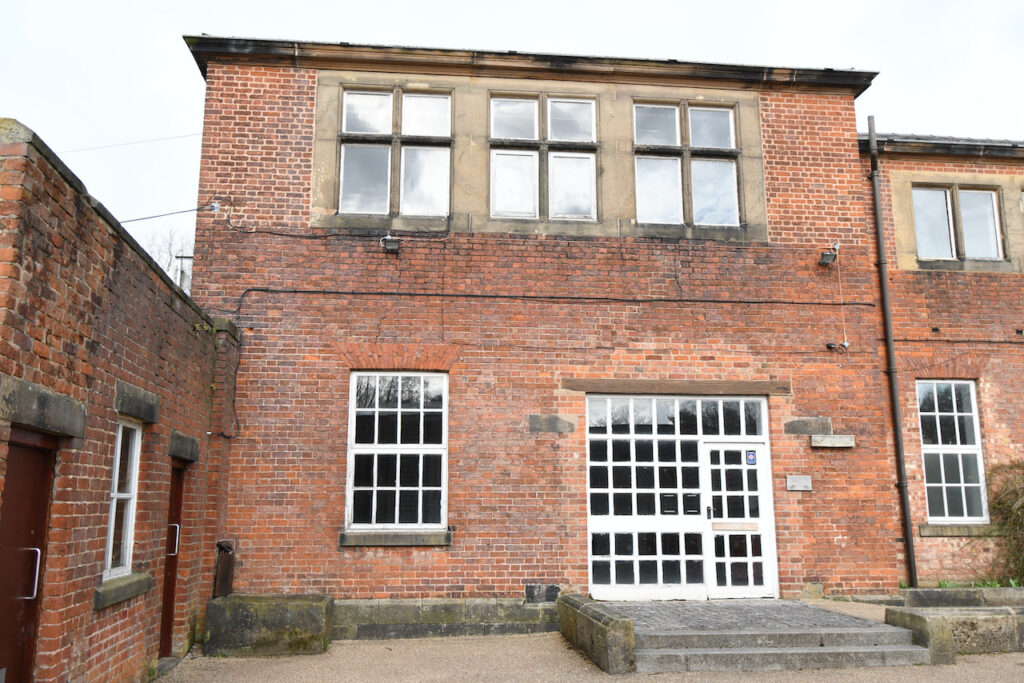
The Brewhouse
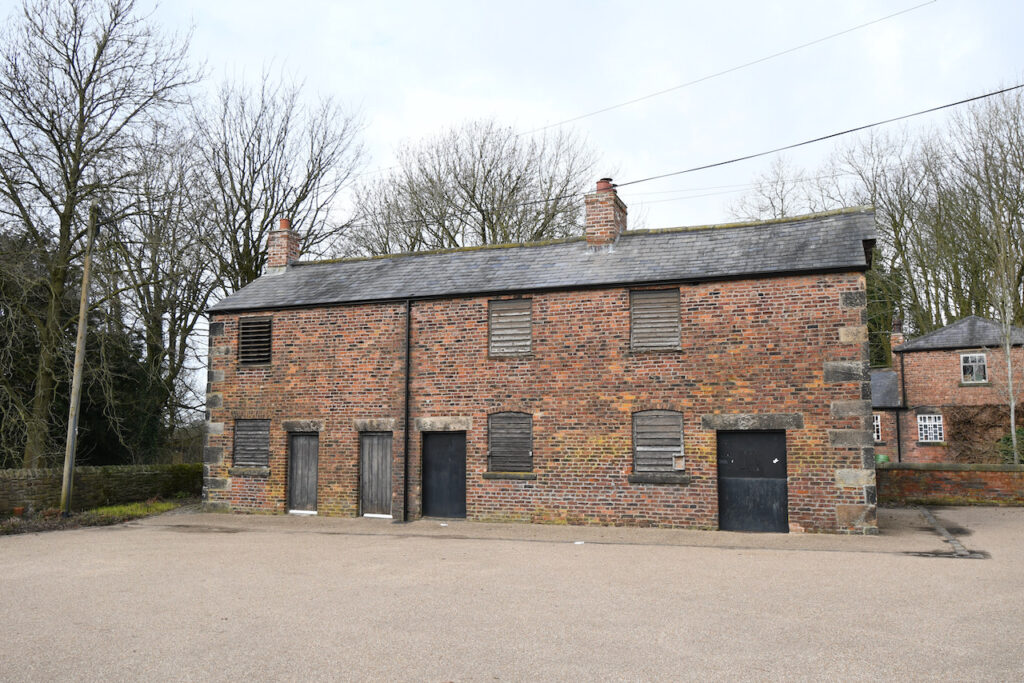
The Stable Block
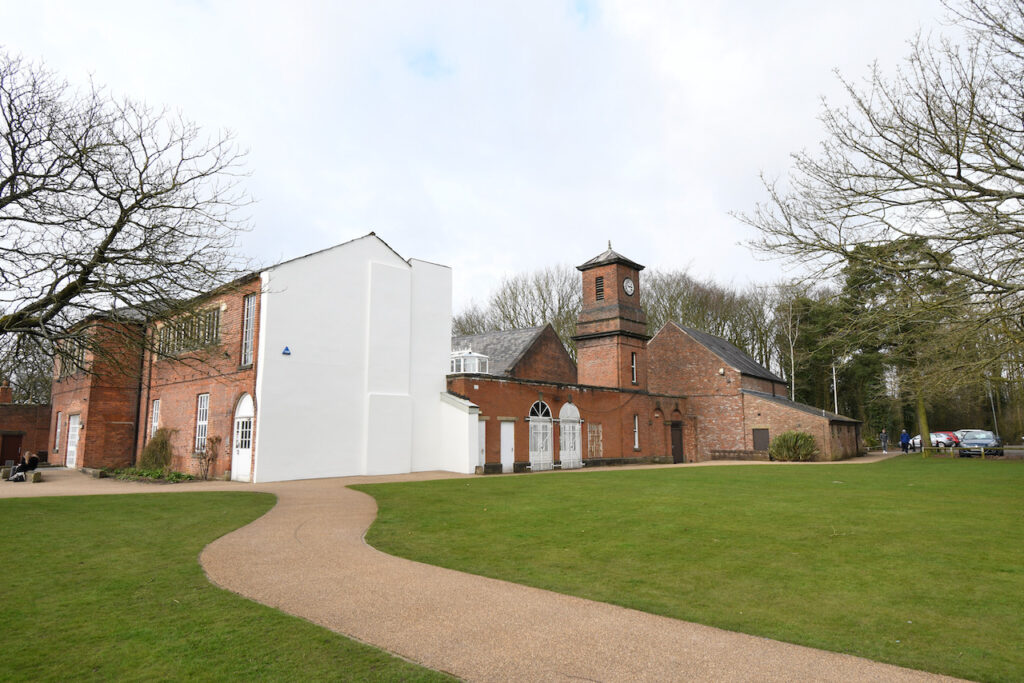
The Barn
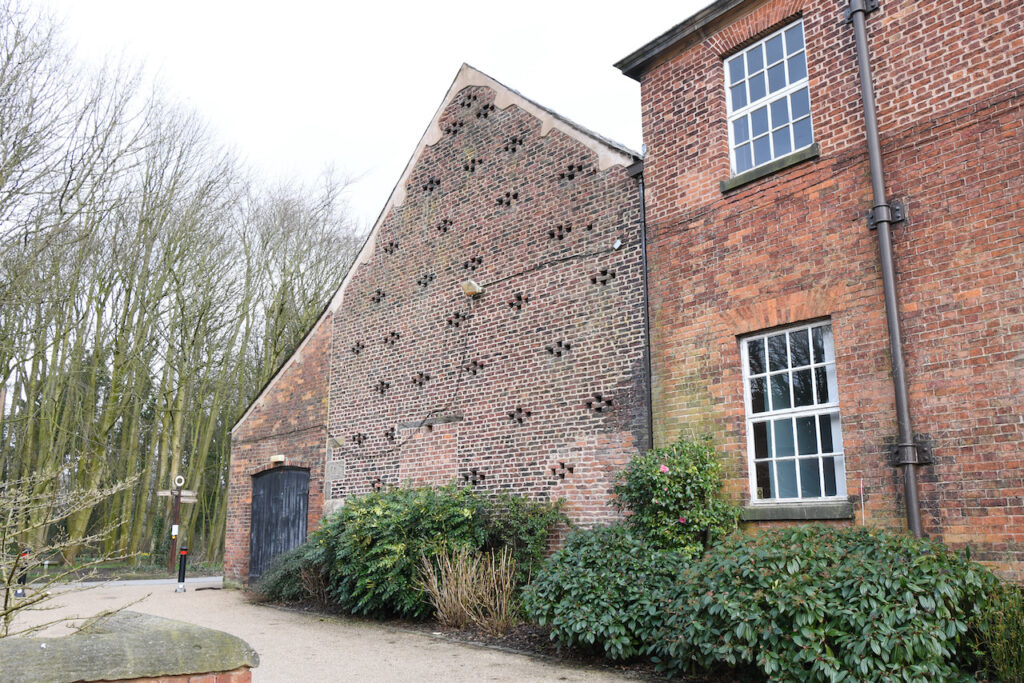
The Conservatory
Originally, possibly mid 19th century, a conservatory attached to Worden Hall, later used as a greenhouse, it is has a wooden frame on a stone plinth, and glazed walls and roof. A short section of the wall of Worden House remains standing to the right.
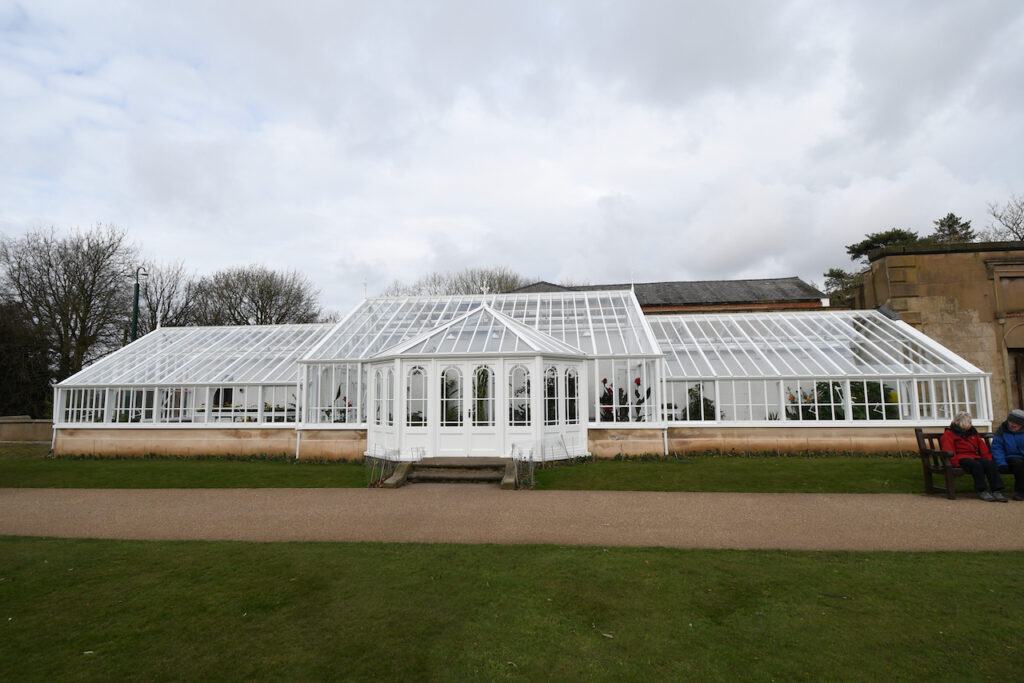
The Icehouse
The icehouse door, called an ogee, is S-shaped in section and is very unusual. Some of the ornamentation originates from the Parish Church and were relocated when the nave was altered in 1816. This includes two carved figures, either side of the door, which date to around 1500. They sit on two corbels that were clearly not designed to hold them. Other carvings include three shield shapes and a block with a hollow spandrel. There is no public access to the inside of the icehouse.
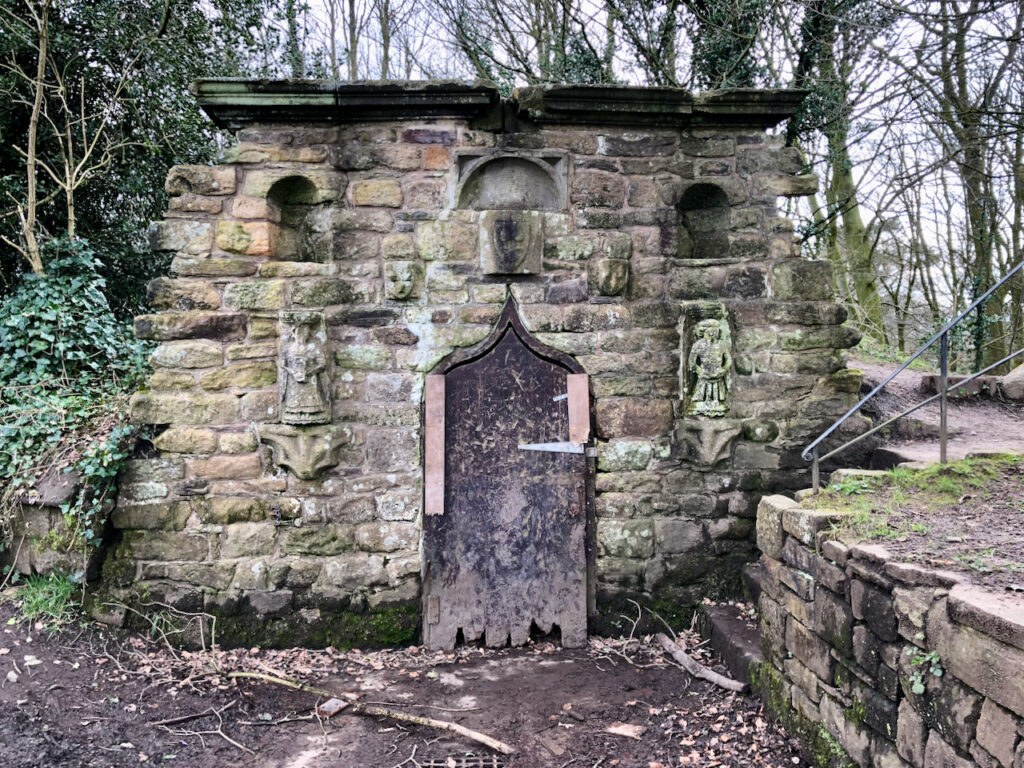
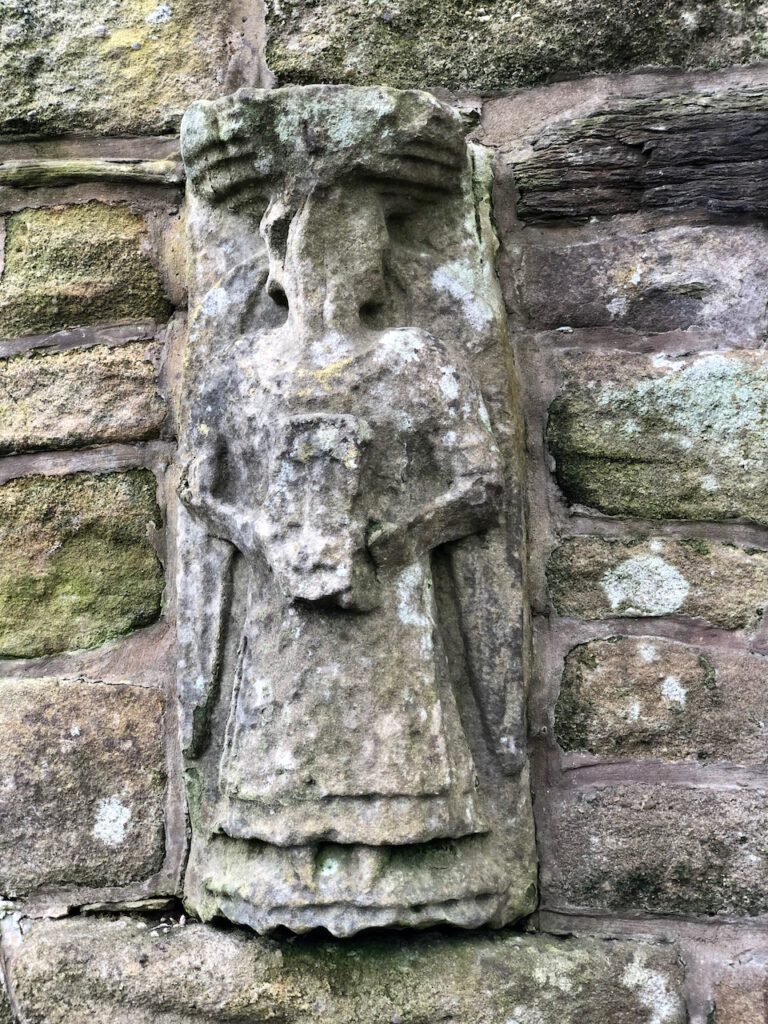
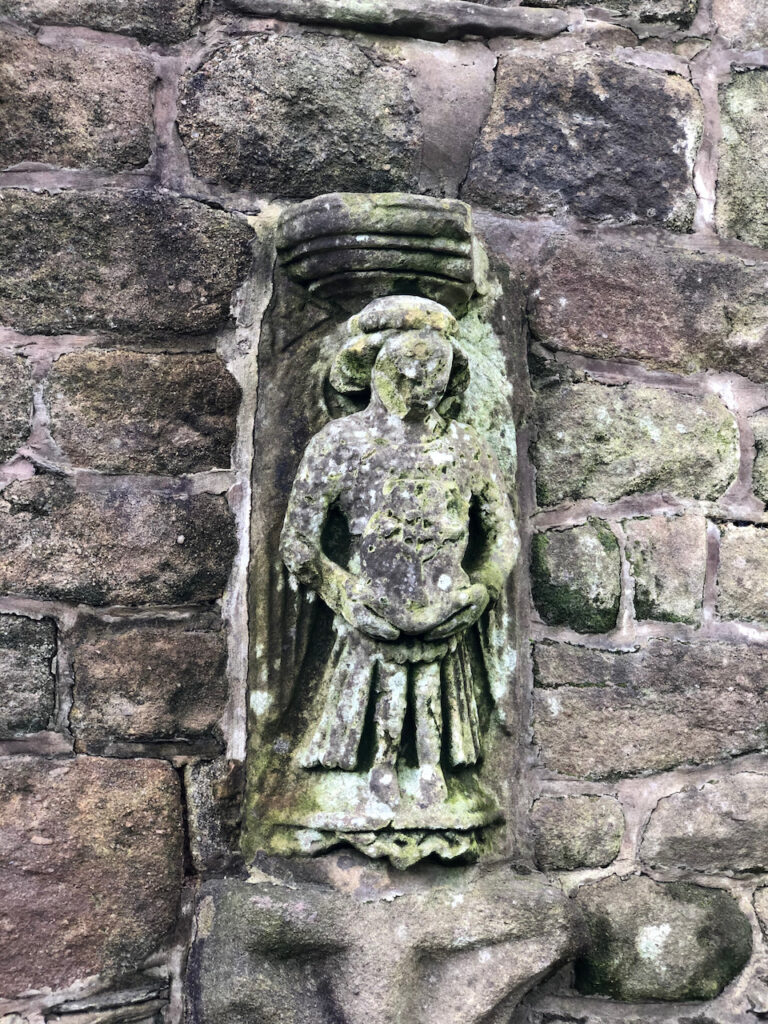
The Helvellyn Erratic
On the mound of the icehouse is a large inscribed rock with the inscription reading “Greenstone porphyry, Helvellyn, Prof I Phillips, brought from Worden drift”. This is a “glacial erratic”, and was brought from Helvellyn in the Lake District by a glacier during the last ice age.
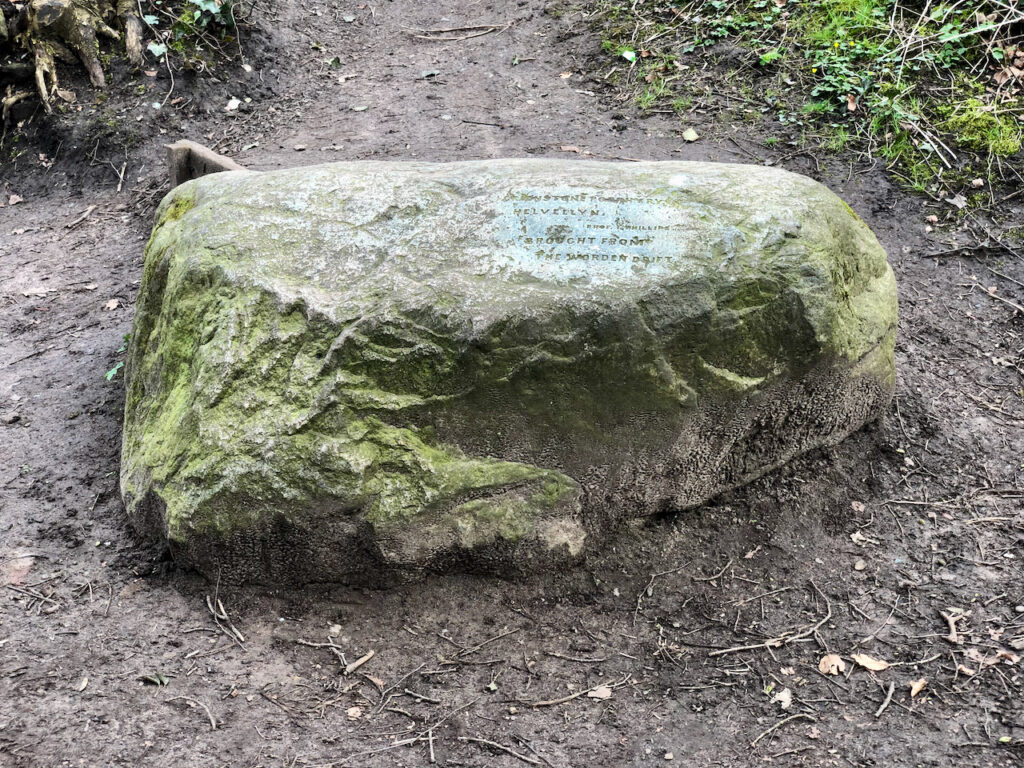
The Folly
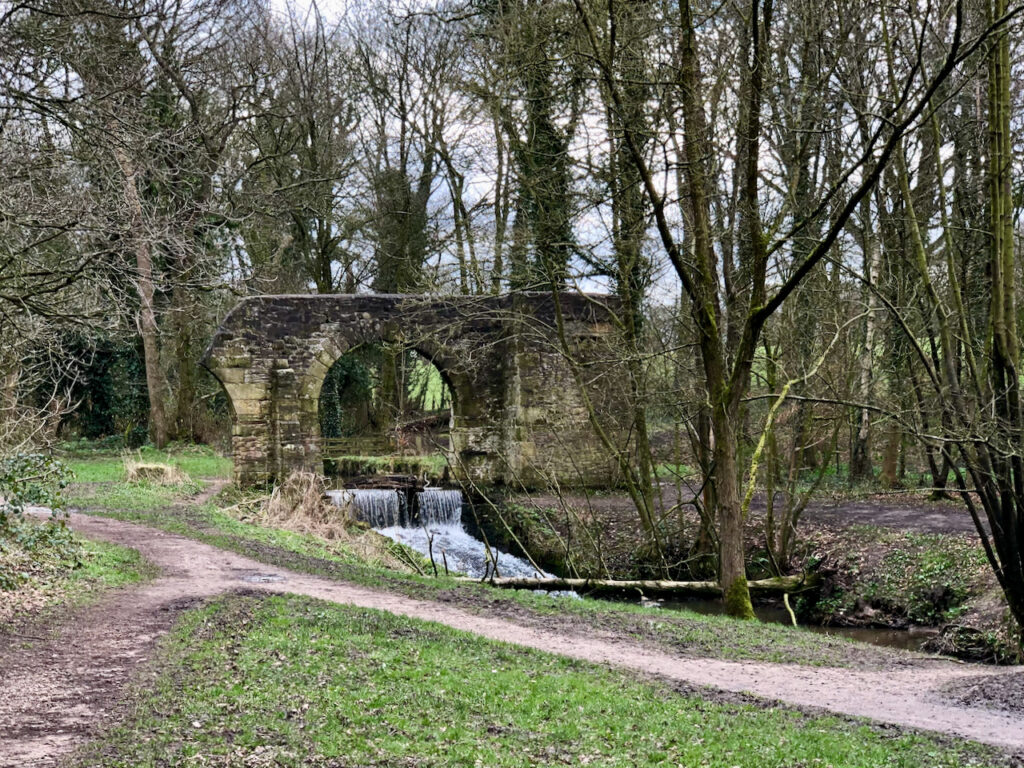
The Worden Obelisk
Now situated at Churchtown, Southport, Mersyside this 18 century commemorative obelisk was formerly at Worden Hall, Leyland. Following the fire at Worden Hall the obelisk was sold around 1948 to Colonel Roger Fleetwood Hesketh of Meols Hall and placed here in 1950. It is made from dressed gritstone blocks, of square section. The pedestal is c. 2m high, with a chamfered base, one broad band and a cavetto-moulded cornice with a worn inscription running round the east, north and west sides: Rebuilt in Commemoration of the Glorious illegible. More photographs can be seen in my blog.
Originally, the obelisk stood north of the bank of Shaw Brook to the west of Farmyard Woods. https://w3w.co/zooms.divide.legs
